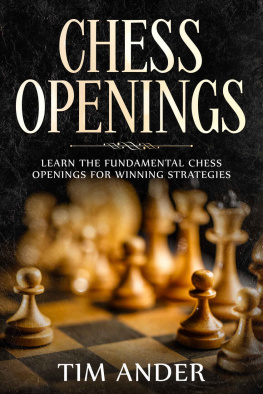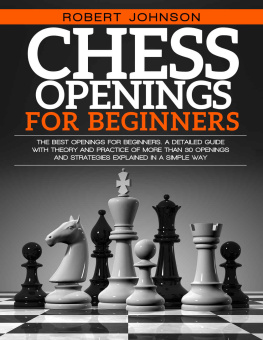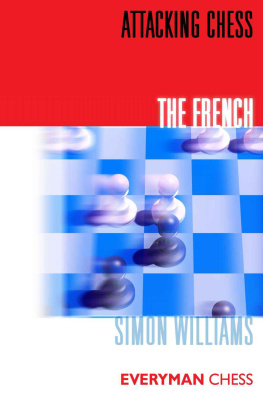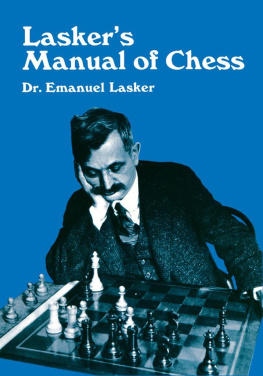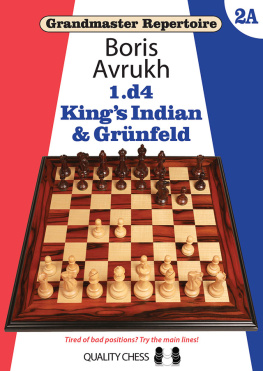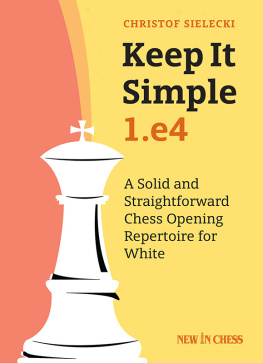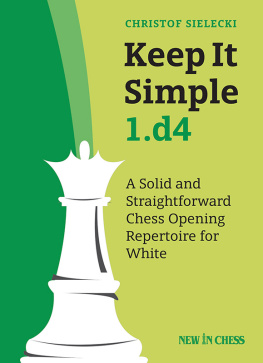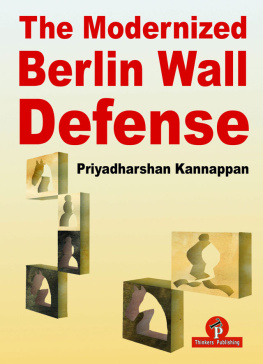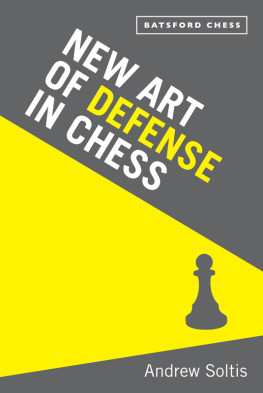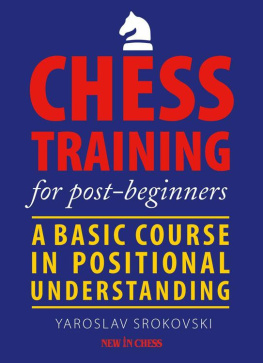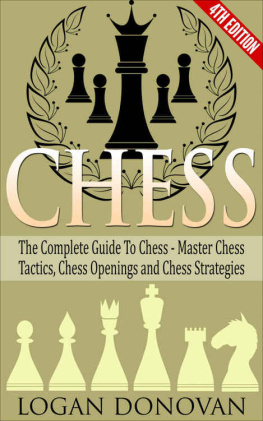Table of Contents
PART I Exchange Variation (4.cxd5)
PART II White plays 4. N f3
PART III Various 4th moves
PART IV Various 3rd moves
PART V Anti-Grnfeld
The Modernized Grnfeld Defense
by
Yaroslav Zherebukh
Thinkers Publishing 2020

www.thinkerspublishing.com
First edition 2020 by Thinkers Publishing
Copyright 2020 Yaroslav Zherebukh
All rights reserved. No part of this publication may be reproduced, stored in a retrieval system or transmitted in any form or by any means, electronic, mechanical, photocopying, recording or otherwise, without the prior written permission from the publisher.
All sales or enquiries should be directed to Thinkers Publishing, 9850 Landegem, Belgium.
Email: info@thinkerspublishing.com
Website: www.thinkerspublishing.com
Managing Editor: Romain Edouard
Assistant Editor: Danil Vanheirzeele
Typesetting: Mark Haast
Proofreading: Bob Holliman
Software: Hub van de Laar
Cover Design: Iwan Kerkhof
Graphic Artist: Philippe Tonnard
Production: BESTinGraphics
ISBN: 9789492510792
D/2020/13730/7
Key to Symbols
! | a good move |
? | a weak move |
!! | an excellent move |
?? | a blunder |
!? | an interesting move |
?! | a dubious move |
only move |
N | novelty |
lead in development |
zugzwang |
= | equality |
unclear position |
with compensation for the sacrificed material |
White stands slightly better |
Black stands slightly better |
White has a serious advantage |
Black has a serious advantage |
+ | White has a decisive advantage |
+ | Black has a decisive advantage |
with an attack |
with initiative |
with counterplay |
with the idea of |
better is |
worse is |
+ | check |
# | mate |
Preface
I have played absolutely everything against 1.d4 from the Slav Defense, Queens Gambit, Benko Gambit, Kings Indian Defense, Nimzo-Indian Defense to the Dutch... you name it. Fortunately, my quest for finding the best opening ended once I discovered the Grnfeld Defense.
I immediately felt drawn to the dynamic positions the opening has to offer. I was also particularly attracted to the possibility of getting good play without resorting to a long passive defense. Its all simple: memorize a few lines and then go fight for the initiative from the very beginning.
I have spent well over 1,000 hours analyzing the Grnfeld throughout the years. It took a bit over 200 hours to review, update and incorporate everything into this book. Therefore, I am very proud to present this work and hope that you will enjoy it!
My motivation for writing this book was twofold:
1) To contribute to the opening theory of the Grnfeld Defense.
2) To inspire more people to play chess after seeing the beauty of the game through the Grnfeld Defense lenses. I have lost count of all the sacrifices and tactics in the 16 chapters of the book.
This book contains all my analyses, primarily done between January 2016 and January 2020. I have updated everything once again before the book went into print to account for new games and ideas and to reflect the most current state of opening theory as of January 2020.
You will see lots of novelties and exciting ideas that have never been played before.
I believe you will find them valuable and playable for many, many years. Remember: once you learn the Grnfeld, you wont need to learn any other opening!
I like to be concise and efficient, so Ill keep this preface short. Just one more thing.
I encourage any questions and criticism so please feel free to share your thoughts and feedback by emailing me at yarozchess@gmail.com.
Your feedback truly helps improving the book and the theory of this fabulous opening.
I wish you all good luck on your Grnfeld journey.
Yaro Zherebukh
January 2020, Chicago
Introduction
I hope all of you are hyped up for studying the Grnfeld Defense after reading the preface. So, lets get started!
A brief history
The Grnfeld Defense appeared on the chess scene in the 1920s thanks to the efforts of the Austrian GM Ernst Grnfeld.
Just a few years earlier, Lasker and Capablanca (the second and the third world champions, respectively) had announced to the world that chess is a draw. The only openings that make sense, they said, are the symmetrical ones: The Queens Gambit ( 1.d4 d5 2.c4 e6 )
and the Ruy Lopez ( 1.e4 e5 2. N f3 N c6 3. B b5 ).
Lucky for us, Grnfeld proved them wrong!
How to read this book?
It honestly doesnt matter where you start: it can be chapter 1, 10, or 8 followed by chapters 5, 7 or 9 it really doesnt matter. Nowadays, White plays everything against the Grnfeld and there is no such thing as a main system anymore. Treat this book like a buffet: eat what you like whenever you like.
For the best results I would recommend reading every chapter.
Dont neglect chapters 14-16. While they dont strictly belong to the Grnfeld domain, they represent a common attempt to punish the Grnfeld players who want to get to the Grnfeld lines even if White starts the game with 1.c4 or 1. N f3. I used to have a lot of trouble against the Anti-Grnfeld until I really took my time to work on it.
Whenever you see an upcoming diagram you can pause and think about the position on it. For the best learning experience try to either evaluate the position or to guess the move that will be played.
How to memorize the lines and practice the opening?
The memorization part is the trickiest. For those who use ChessBase: create a new database ( Ctrl+X is the shortcut), then open a new board ( Ctrl+N ) and input all the moves from the chapter you are currently reading. Once complete you can click on Training and then keep seeing the moves for White and guessing the moves for Black before you see them played on the board. Eventually, you should be able to memorize the line. Remember though to do just one variation at a time!
If you dont have ChessBase, dont panic, you have options as well. You can use multiple online resources, including chess.com. On chess.com you can go to Play > Live Chess > Analysis Board > Start and then input all the moves there. Use the same memorization technique as described in the ChessBase section above. Shoot me an email if you are struggling!
In general, I would not recommend playing a new opening in a tournament game without practicing it first in less important games over the board or online.
You can practice online against other people or even against computers who will play you on demand anytime you like. As a rule of thumb, I want to play at least 10 games online before I can confidently play the opening in a tournament over the board game. The more you practice the better!
Regarding the time control for your practice games: it depends on personal preference. I like doing at least 15 minutes for each.
Now, on to the chess part!
Next page

